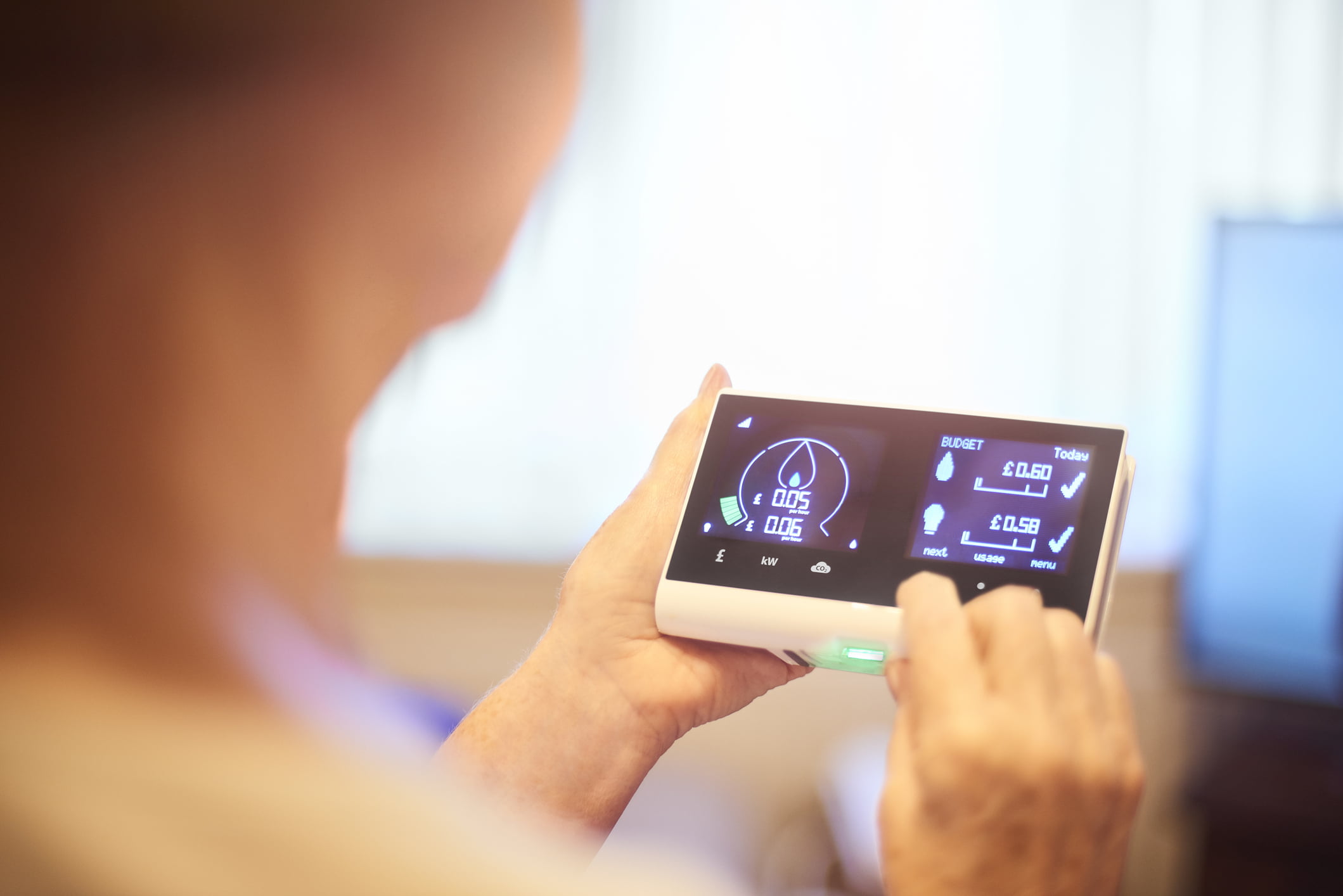You can now control your home’s appliances and systems using a smartphone, tablet or laptop via the internet.
A smart TV, for example, connects to your Wi-Fi, runs apps and operates other smart devices for you from a dashboard. But Smart TVs still need to follow your instructions.
Many feel a truly smart home needs to go one step further with devices that talk to each other and respond intelligently to our inputs and behaviour patterns.
For example, a smart house would learn to dim the lights 15 minutes before your you go to bed based on your typical nighttime habits. Or a set of smart weighing scales could make your fridge offer you an apple because you’ve put on a few pounds.
Appliances like these would collect and analyse data and can ‘converse’ with each other – this is what people mean when they talk about the Internet of Things (IoT).
